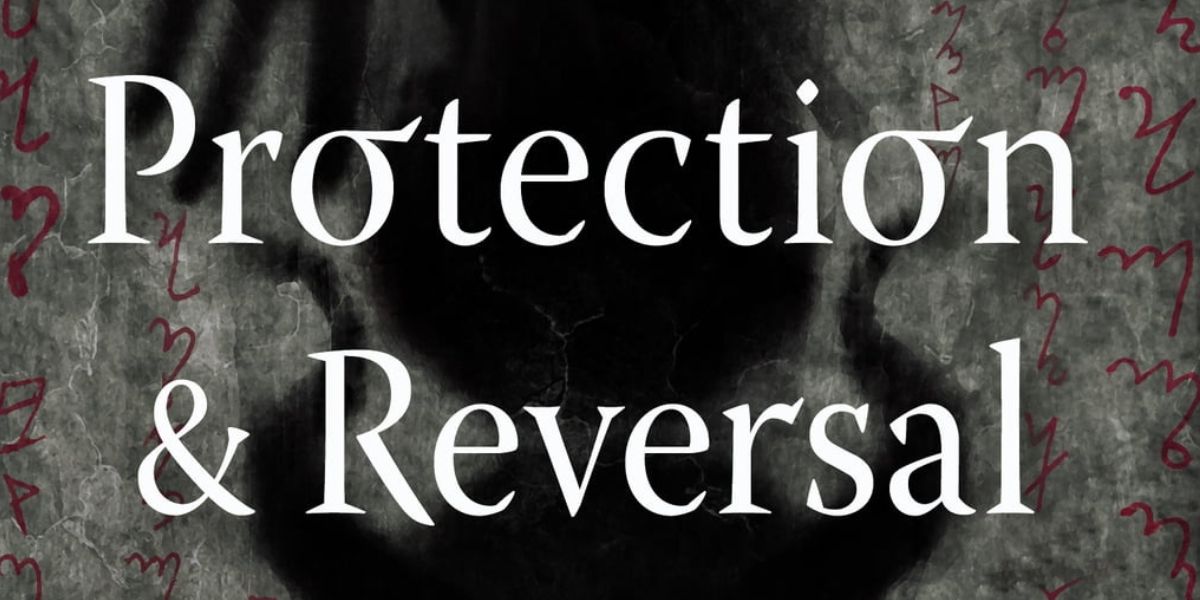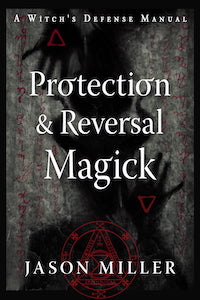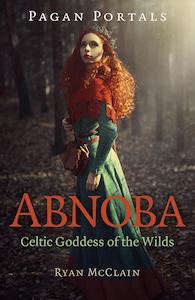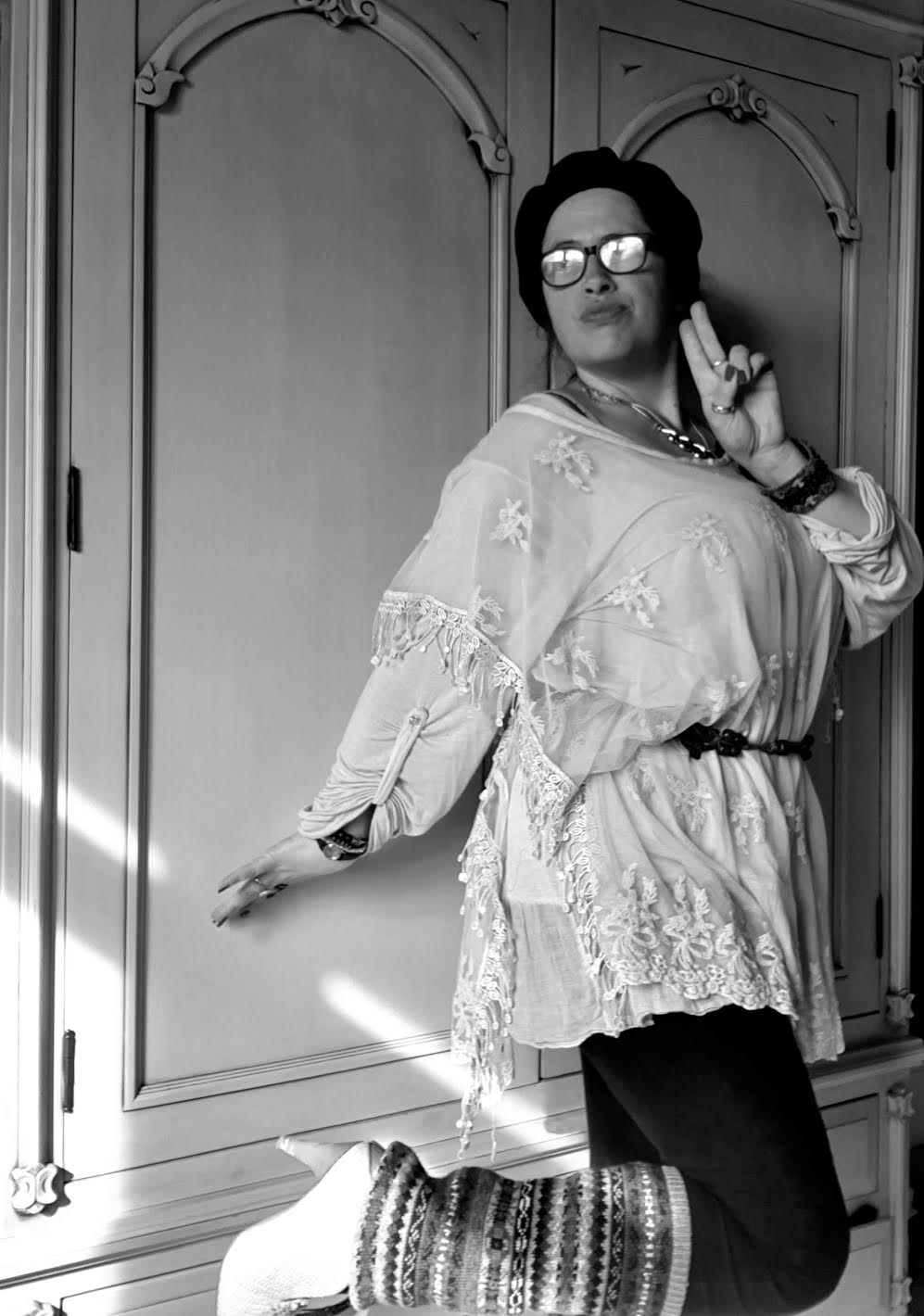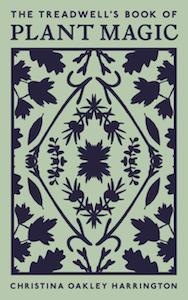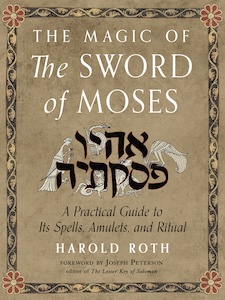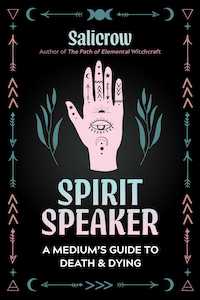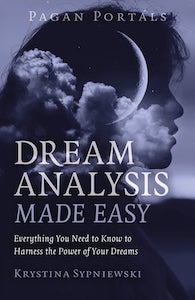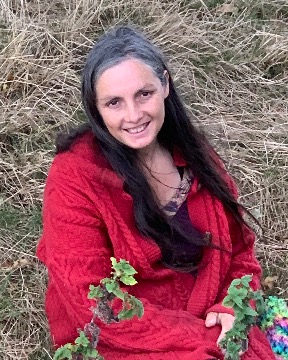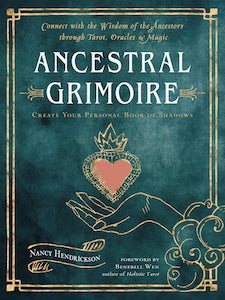
Mindful Homes: Create Healing Living Spaces with Mindfulness and Feng Shui, by Anjie Cho
CICO Books, 1800652119, 144 pages, April 2023
Mindful Homes: Create Healing Living Spaces with Mindfulness and Feng Shui by Anjie Cho is an amazing resource for those seeking a change in how they live and the spaces they inhabit. Those spaces include living spaces, work spaces, outdoor spaces, and even one’s internal space.
Quiet and powerful; reflection and movement; slow and steady, these are all the ways I started to see the environment around me when reading this book. By unfolding awareness and remaining present-focused and forward facing, I tapped into the subtle energy surrounding me. And through contemplation coupled with action, as taught by Cho, I was able to create space both within myself and my home.
Cho, a registered architect and feng shui educator, naturally melds feng shui with mindfulness. She writes of her understanding that “each client, teacher, student, each and every person, being, and space is complete and perfect as they are.”1 This is the part where I exhaled in relief and gratitude coupled with a tinge of incredulity. This is the first (and only) book that I’ve picked up that touches on feng shui and isn’t filled with “to do” lists to correct problems.
Instead, Cho invites the reader to become aware of their own intuition and instead of working to fix something, instead work on shifts, subtle and bold, small and large because “if something shifts in your home it can not only be a reflection but a catalyst for change in your inner spaces.”2
Cho approaches feng shui was a “mindfulness-based practice, because our environments are connected to and resonate with us. Feng shui is a meditation in action, a dharma art so to speak.”3 II very much appreciated that Cho does not view feng shui as a quick fix or a superficial decorative style because as she continually reminds the reader, “you are truly perfect as you are.”4
A mindful approach to feng shui aligns the shifts made in one’s external environment with one’s internal landscape. We develop an increased aware of the spaces that we inhabit come to realize that “everything around us…are alive.”5
The book, illustrated with photographs of living spaces that elicit feelings of calm, is divided into nine sections that delve into tenets of feng shui like the use of the feng shui “map” or bagua and the connection between mindfulness and feng shui and creating a mindful space. In writing about the bagua she spends time focusing on certain crystals and their particular use in each gua. There is also a short description on how to use the feng shui crystal mandala and guidance for working with the crystals.
The section, The Seed Reveals and Eight Petal Lotus Blossom, is the one that she recommends referring to as one progresses through the book as it provides an overview of feng shui and its principles. Working with one’s insight and intuition, Cho offers a way to explore the five elements (earth, metal, water, wood, and fire) to learn more about them, “beyond what can be described by language.”6 She writes a meditation that one can follow but also provides an audio and video version of this guided meditation at mindfulhomesbooks.com
Also described in depth is the unseen flow of qi, or the “unseen life force energy that flows in, through and around all living things.”7 She provides guidance on how to make space for ne qi, whether for new beginnings, abundance, health, travel, children, self-cultivation, visibility, one’s path in life, and relationships including self-love.
Cho also describes how to meet one’s heart in the bedroom, nourishing one’s self in the kitchen, and aligning one’s path in life with one’s workspace. The concluding section deals with interconnecting one’s home with the community.
As a practitioner of rituals, I loved the sections on space blessing rituals, awakening the deity of your bed, mindful eating, and blessing of objects. The book touches on such a wide range of topics such as creating an unscheduled day at home, and practicing letting go of objects. She offers practices such as doing one good deed a day for 27 days and if you have clutter, moving nine things a day for 27 days.
Overall, I highly Mindful Homes: Create Healing Living Spaces and Feng Shui as well as visiting the website to avail one’s self of the meditations. Compared to other feng shui books, this book makes it easy for beginners to use the techniques to enhance their living space. It is sure to provide inspiration for how you can subtly change the energy of your environment to feel more at ease and filled with peace. I am continuing to move though the book’s practices, letting my intuition guide to me the sections of the book that are calling the most for my attention.
Anne Greco is a non-fiction writer who writes about her life experiences and travels with humor, keen observations, and the hope that her words will remind us that “we’re all just walking each other home.” Her book, Serendipity: Chance Pilgrimages, tells the story of Anne encountering her places of power. As she reconnects with herself at each site, Anne also develops a deeper understanding and appreciation of her connection to both the seen and unseen worlds. Learn more about her work here: http://annegrecowriter.com.




